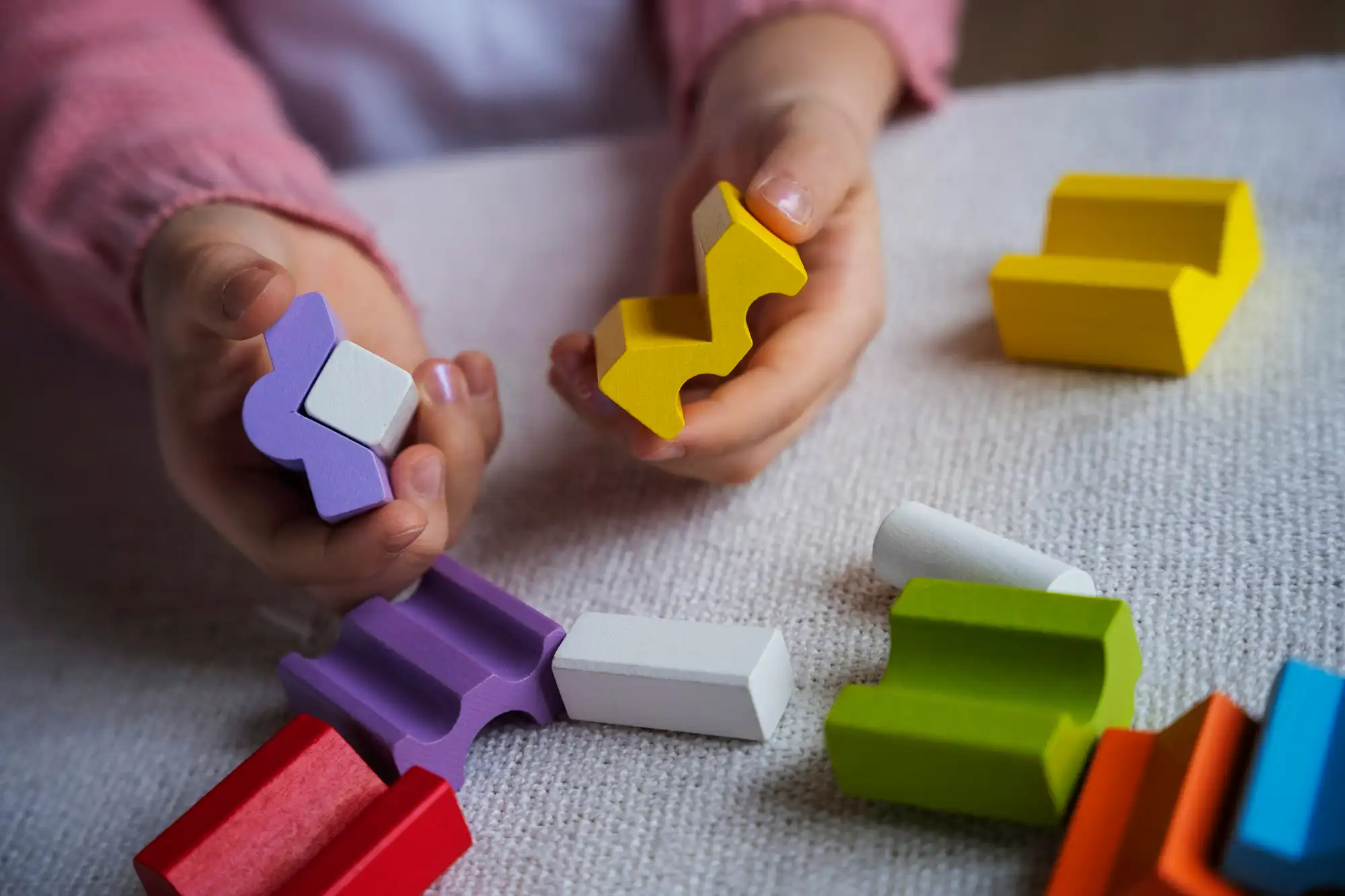
Written by
Meghna Elizabeth Zachariah M.Sc., B.Ed (LD)
Special Educator

Clinically reviewed By
Joan Annie Jacob, BASLP,
OPT(Level 2) Speech Language Pathologist
Is your child struggling to read even the most common words?
If yes, multisensory learning can make your child’s learning process easier and happier. Want to know how? Let’s read further to learn about dyslexia and understand how multisensory learning can help your child.
What is Dyslexia?
Dyslexia is a language disorder characterised by difficulty in understanding and processing language.
Children with dyslexia have
- Trouble with spelling
- difficulty identifying the sounds of letters
- difficulty blending sounds to read
- difficulty rhyming words
- problem segmenting sounds in a word to spell
It is important to teach these children directly and explicitly with multiple opportunities for practice. Our traditional classroom teaching methods may not be sufficient to meet their specific learning needs. Research has proven that multisensory learning provides optimal stimulation making effective learning possible for all children.
What is Multisensory Learning?
Multisensory learning includes activities that engage a child’s visual, auditory, kinesthetic, and tactile senses. This aids retention, increases motivation, and helps children to become successful readers. To learn more about multisensory learning and how it works, check our blog Multisensory Learning .
Benefits of Multisensory Learning for Dyslexia
Multisensory learning helps a child with dyslexia learn and memorise more effectively by,
- developing basic pre-reading skills,
- building letter-sound association, and
- improving reading and spelling skills
There are several multisensory intervention programs to support reading and spelling, like the Orton-Gillingham method, Wilson Reading System etc. These programs follow a structured approach to reading and spelling, facilitating hands-on learning experiences for kids. It helps them to learn better and retain what they have learned.
Is Multisensory Learning an Effective Strategy for Dyslexia?
Multisensory learning is beneficial for students with dyslexia. It helps engage all senses, maintains interest, develops fluency, makes learning more concrete, and helps remember more effectively.
Activities of Multisensory Learning for Dyslexia
Letter sounds can be taught explicitly by incorporating songs(auditory), pictures(visual), actions(kinesthetic sense), and manipulatives like alphabet cards or magnetic letters(tactile). As mentioned earlier, children with dyslexia have difficulty associating letters with their sounds. So, start your instructions with basic sounds. This should be followed by blending and spelling rules.
Reversals and inversals can be remediated by visualising or by using verbal cues. For example, confusion between ‘b’ and ‘d’ can be reduced by giving a verbal cue, ‘b’ has a belly and ‘d’ has a diaper’. Visualising ‘b’ as a bat and ball and ‘d’ as a dinosaur can help avoid confusion.
For more insight into multisensory activities, check out multisensory learning techniques and activities
Conclusion
Each child learns differently. Engaging multiple senses with multiple practices help children learn better. Activities for multisensory learning involve tapping into each child’s multiple senses. These activities help maintain their interest and motivation while learning. Multiple practice opportunities also develop fluency. Find your child’s most comfortable learning style and make learning an easier and more exciting process for them.
FAQ
Children with dyslexia require structured, systematic and direct instruction. Start your instructions with basic sounds and follow them with blending and spelling rules.
The use of play dough, letter cards or magnetic letters, sandpaper letters, salt or shaving cream can help students practice learning at home. Understand your child’s preferred learning style and include learning materials accordingly. Give instructions slowly and directly and give them ample opportunities for practice.
Reading and spelling are complicated skills to master for children with dyslexia. Using a multisensory approach helps develop basic literacy skills. It can be used to develop basic pre-reading skills like phonemic awareness, letter-sound association, blending, reading, and spelling.
Multisensory approach for dyslexia focuses on teaching children reading and spelling. Through this approach, all senses are engaged, helping children learn to read and spell. Skills focused include letter-sound association, decoding, blending and reading. Spelling skills can also be focused on through a multisensory approach.


